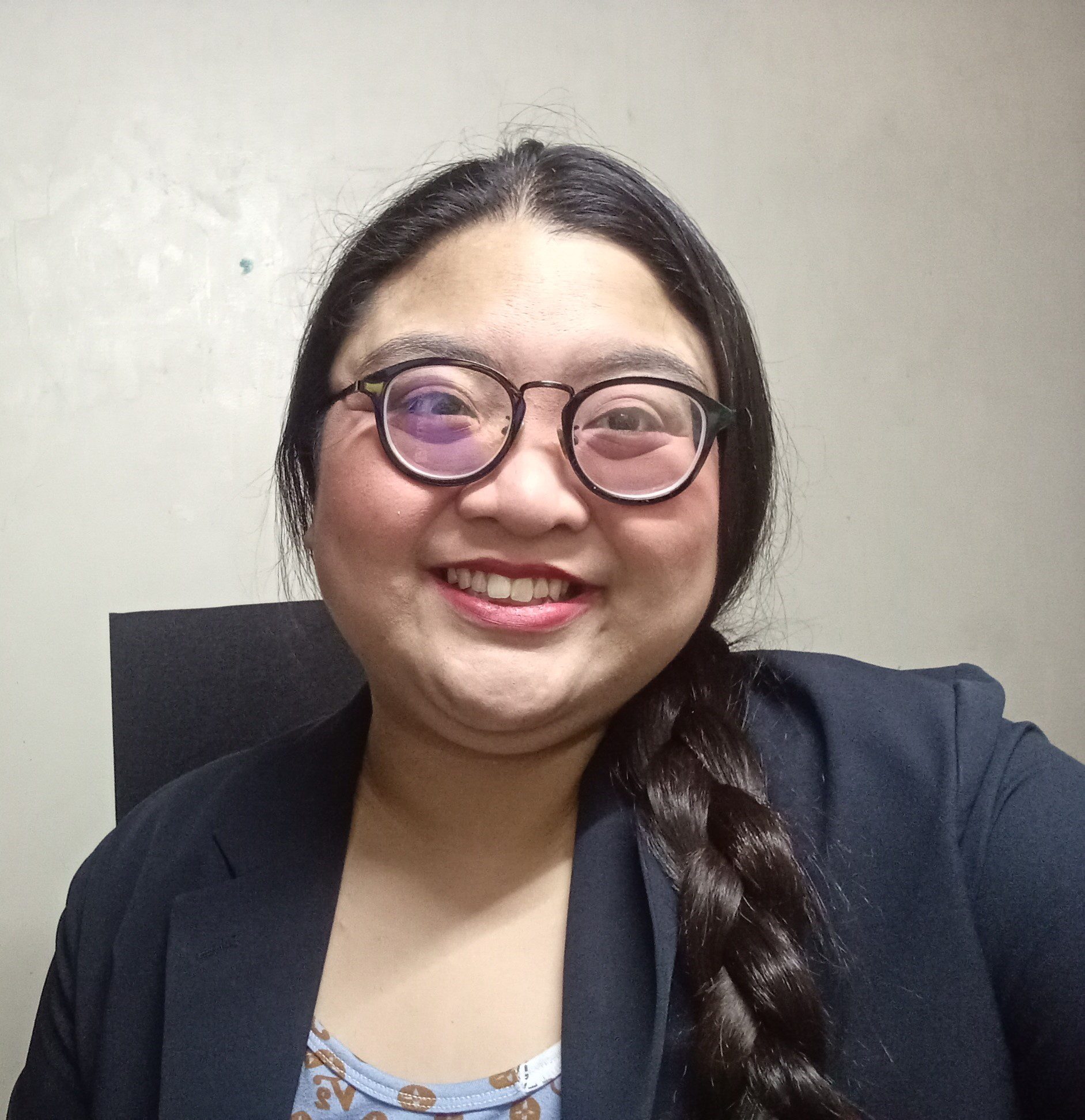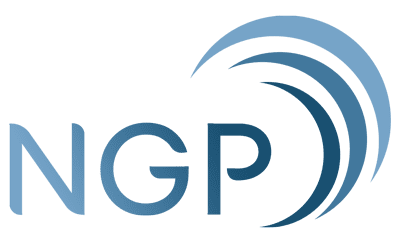Why First-Data, with Good PR and Digital Integration, Matters More Than Ever
Cookies may now very well be a thing of the past.
Google Chrome—used by over 89.32% of Filipinos—has been phasing them out completely. There are even plug-ins designed to keep cookies out.
Brave, a new, popular browser known for its safety features, sells on its cookie-blocking feature. Many took it, including me.
You get the picture. With more and more consumers being vocal about their data rights, digital advertisers and marketers can no longer rely on cookies across websites.
So, how can small Filipino businesses adapt?
The answer lies in a more traditional approach online: collecting directly from your audience.
Let’s look into it.
Why a Cookieless Future?
Cookies are small pieces of code that websites store on a user’s browser. Marketers have long used third-party cookies to collect data, track user behavior across multiple websites, retarget ads, and reach more people.
However, cookies have been posing legal risks for years. Companies are now facing several class action “Cookie Banner” lawsuits thanks to cookies that malfunction (and yes, this can happen).
The Philippines doesn’t have laws against cookies. But back in 2022, the Philippine House of Representatives sought to redefine and make parameters around privacy breaches more rigid in the Data Privacy Act of 2012.
The Solution: First-Party Data
Personally, this writer would be happy with cookies going away altogether.
Instead, I see a growing need for better trust-based strategies to gather data directly from users who actively consent to have their data collected.
First-party data is information gathered directly from your own platforms (website, social media platforms, etc.), such as:
- Website analytics
- Email subscription sign-ups
- Surveys and feedback forms
- Social media engagements
And so much more!
Unlike third-party data, they’re more accurate, trustworthy, and data privacy-compliant.
Why Does This Matter for Filipino Businesses?
Many local brands heavily rely on:
- Facebook Meta’s Pixel Conversion tracking
- Lookalike audiences via data collected from cookies
- Retargeting via third-party data aggregators (like cookies)
Those depend on cookies.
To make up for lost cookies, businesses have to go back to basics: build loyalty and credibility.
Filipino communities could not be a better ground for this! The highly social, community-based culture Filipinos have is where first-party data strategies meet PR–and marry.
1. Offer Value in Exchange for Data
Filipinos are happy to share info as long as they see value. And remember: Filipinos love discounts and good customer service!
Offer things like:
- Discounts for newsletter sign-ups
- Early access to sales for registered users
- Exclusive bundles for account holders
- Surveys with raffles or freebies as incentives
Best Practice:
- Test your business’ website–and invest in good PR! Make sure your opt-ins are transparent and well-designed.
- Filipinos are heavy social media and e-commerce users. Make the best out of Shoppee and Lazada (the most used e-commerce platforms).
You’ll need great copies for this, and that’s where a good PR and IMC (integrated marketing communications) expert comes in!
This strategy creates a more direct channel between brand and audience. Plus, customers consent to have their voices heard.
2. Use Social Media as a Data Collection Tool
Content creation is huge in the country because Filipinos love social media so much, with 94.7% of Filipino netizens using Facebook every single day!
That’s just the tip of the iceberg.
In a nutshell, your Facebook, Instagram, TikTok, or even Viber group can:
- Poll audiences
- Collect UGC (user-generated content)
- Provide insight on buying behavior (demographic, what customers watch the most, their comments, etc.)
- Encourage newsletter opt-ins through interactive stories
Make sure you’re not invasive or pushy. Filipinos value friendly, conversational, and authentic interactions.
3. Strengthen Your Email List
Email marketing may feel old-school, but it’s still powerful.
In 2025, spending for email marketing has reached PHP1,936 billion (USD$34.15m– and it isn’t stopping anytime soon.
Young Filipino professionals across the country still value newsletters. Build your email marketing campaign with:
- Pop-up offers on your site
- Promo codes at checkout
- QR code sign-ups at events
- Community challenges (ex.: “Subscribe to vote on our next product!”)
4. Build Loyalty Programs That Capture Insights
Loyalty programs aren’t just for big brands. If you believe that you offer quality, you will attract a loyal audience.
Let’s transfer that energy online. Even small businesses can run:
- Points-based rewards
- Referral incentives
- Birthday discount campaigns
These help track purchases and preferences. Data that’s all yours, not dependent on cookies.
Why PR Is Crucial in the Cookieless Era
First-party data is earned, not scraped.
And to earn data, you need trust. That’s something quality service, good customer rellations, and a well-managed PR strategy can deliver.
Here’s how a PR and integrated marketing agency can help:
1. Build Trust In People’s Perception of Your Brand
Filipino consumers are skeptical of spammy marketing and online efforts with features that don’t work–and bombard them with ads.
PR builds brand equity by:
- Securing features in trusted media (news outlets, lifestyle pages)
- Highlighting social proof and user stories
- Running advocacy-driven campaigns that make audiences want to support you
2. Shape Your Messaging for Opt-In Campaigns
It’s not just what you say—it’s how you say it.
PR professionals help you:
- Craft copies with calls-to- action that feel conversational, not transactional
- Position sign-ups and surveys as opportunities, not asks
And most importantly, these experts can align your campaigns with Filipino values (community, empathy, trust).
3. Sync Online and Offline Channels
A good PR agency ties together:
- Media coverage
- Pop-up events or mall events
- Influencer collaborations
- Digital campaigns with clear landing pages
All these efforts collect first-party data—from email addresses to on-site behavior—across a fully integrated strategy. Your PR agency can help create a comprehensive report.
Remember: The Aristocrat Never Had to Use (or Bake) Cookies
Sometimes, the best strategies are often the simplest. Let’s learn from a restaurant that’s been running for 85 years, and survived the COVID pandemic: the Aristocrat.
When the pandemic hit, everything went online. Back then, many businesses impulsively turned to creating a website, using cookies, and failing within a year or two.
Instead, the Aristocrats started simple:
- They joined delivery apps, and doubled their attention on their take-out quality to ensure their food stayed fresh in and out of delivery
- They joined Viber groups (since they have older clientele who preferred Viber)
- They created a website just for deliveries
- They expanded and increased their digital marketing efforts across social media platforms (especially Facebook)
Communication is important to them! If you look at their Facebook page, there’s always someone responding to negative recommendations.
That’s simple PR–and it works.
They know their audience: families who use Facebook, Viber, and little else.
No cookies needed.
Less “Baking”, More Relationships!
The cookieless future isn’t the end of anything. Instead, we invest in building relationship switch customers.
That kind of marketing thrives in Filipino culture.
Want to transition out of cookies for good? NGP-IMC can help. You get two decades of experience and endless ways to navigate through many, many changes.

Kriztin Cruz is a recruitment and digital marketing professional, freelance writer, hobbyist painter, and frustrated sociologist–with too many things to want and too little time to spare. She graduated with a Psychology degree in 2019 at De La Salle – College of Saint Benilde Antipolo. When she’s not drafting a corporate letter or working on anything digital marketing, you can find her doing the following, but not in this order: reading a good book, scavenging for a good book, sketching, painting, journaling, junk journaling, obsessing over an obscure Czechoslovakian surrealist film (or anything by Miyazaki or Del Toro), cooking, finding a cafe to relax in, and creating new things while a nice documentary plays in the background.


